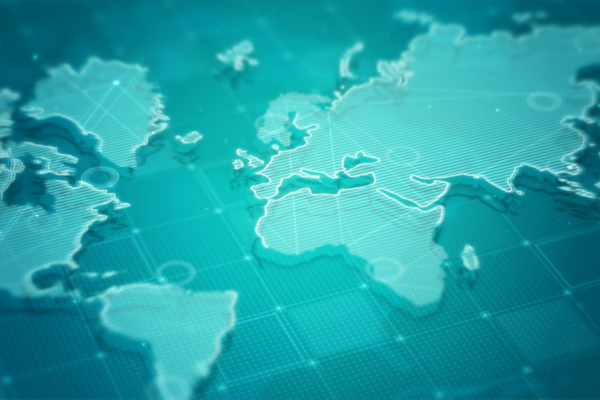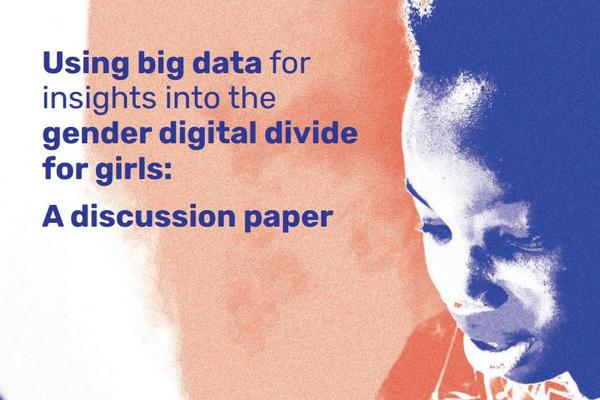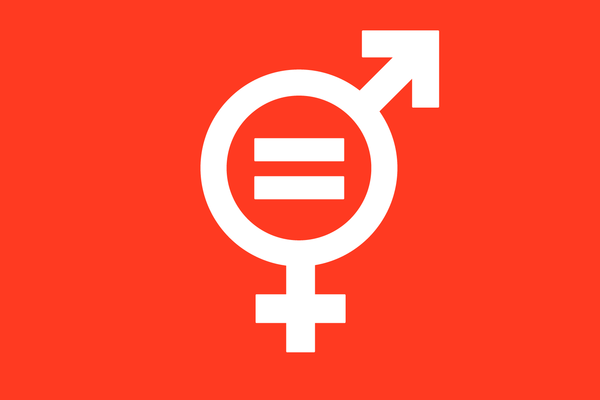Using big data to measure digital inequalities
Research co-authored by Professor Ridhi Kashyap uses big data to measure global gender gaps in internet and mobile access.
The team’s work has brought them to the attention of a number of international bodies, including UNICEF, the United Nations Conference on Trade and Development, the International Telecommunication Union, the Global System for Mobile Communications Association, the Web Foundation, and the Gates Foundation.
Digital technology is constantly evolving and becoming increasingly indispensable. When looking to study the social impacts of digital transformations, Professor Ridhi Kashyap found that many censuses and surveys don't collect information about digital connectivity - making it difficult to know how different age and gender groups access and use digital technology around the world.
For women, digital technology can offer opportunities to overcome hurdles they might face in the physical world - but it's thought that more than 50% of the world's women are offline.
Gender equality in internet and mobile phone access, along with improving digital literacy, are important targets within the United Nations’ Sustainable Development Goals (SDGs). Acknowledging the tremendous and wide-ranging potential of these technologies, SDG 5 - which aims to achieve gender equality - pledges to “enhance the use of enabling technology, in particular information and communication technology, to promote the empowerment of women”.
Using the demographic data collected about users by social media platforms such as Facebook, Professor Kashyap and collaborator Professor Ingmar Weber were able to work out who was going online, and where.
Using this data source, Professor Kashyap and Professor Weber developed Digital Gender Gaps, which shows real-time estimates of mobile and internet connectivity gender gaps across the world.
The resource shows how women in South Asia, the Middle East and Sub-Saharan Africa are much less likely to be online or to own mobile phones.
This real-time information is vital in showing any progress made towards achieving SDG 5. Findings are regularly shared with the SDGs Today portal, which curates information about global sustainable development and tracks progress towards achieving the SDGs by 2030.
https://www.youtube.com/embed/lF35ClA3p8Q
While data regarding digital inequalities for adult women was increasing, it became clear that information about the digital behaviours of girls under the age of 18 was still limited.
Professors Kashyap and Weber worked with UNICEF to produce the report ‘Using Big Data for Insights Into the Gender Digital Divide for Girls’, which utilised user information from Facebook and Snapchat to collate data about girls aged 13-17.
The report found that there is a significant global gender digital divide for adolescent girls, echoing the patterns seen in adult women. More boys are online than girls at a global level, and the gap is larger in low- and middle-income countries.
This data can be leveraged to track progress towards gender equality for adolescent girls, as well as adult women.







